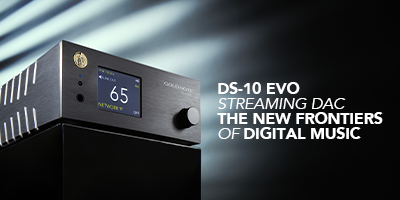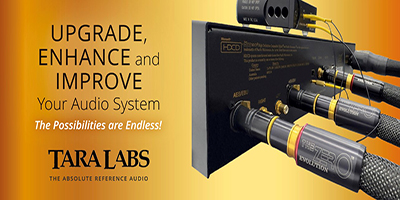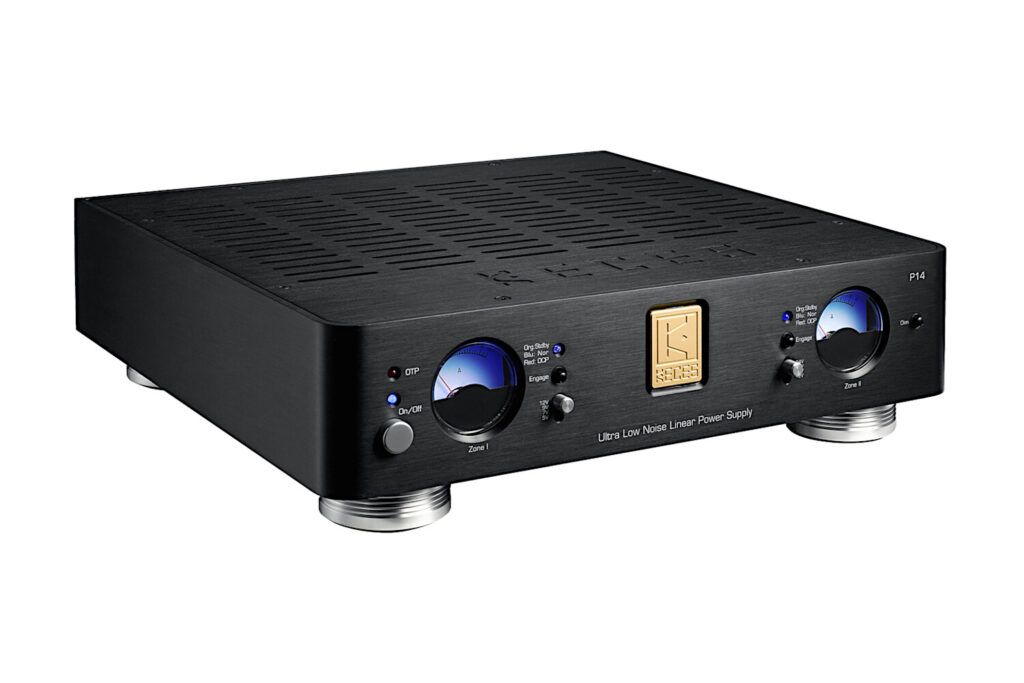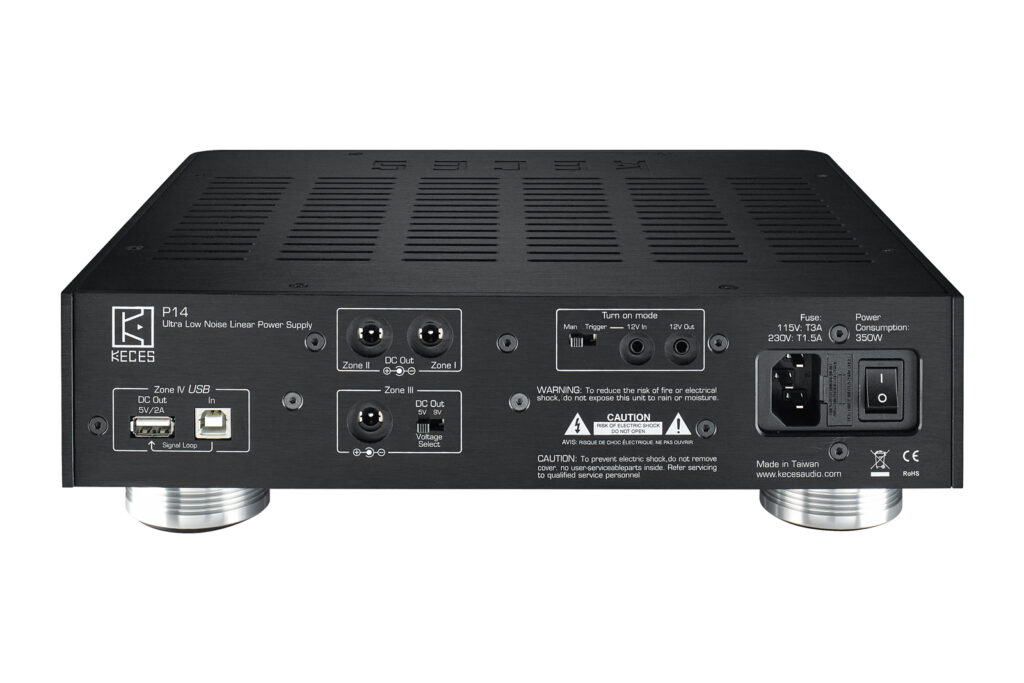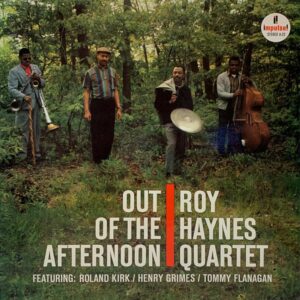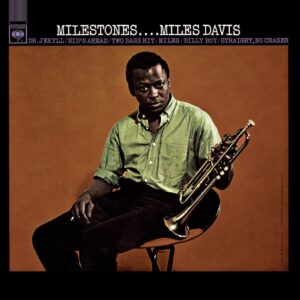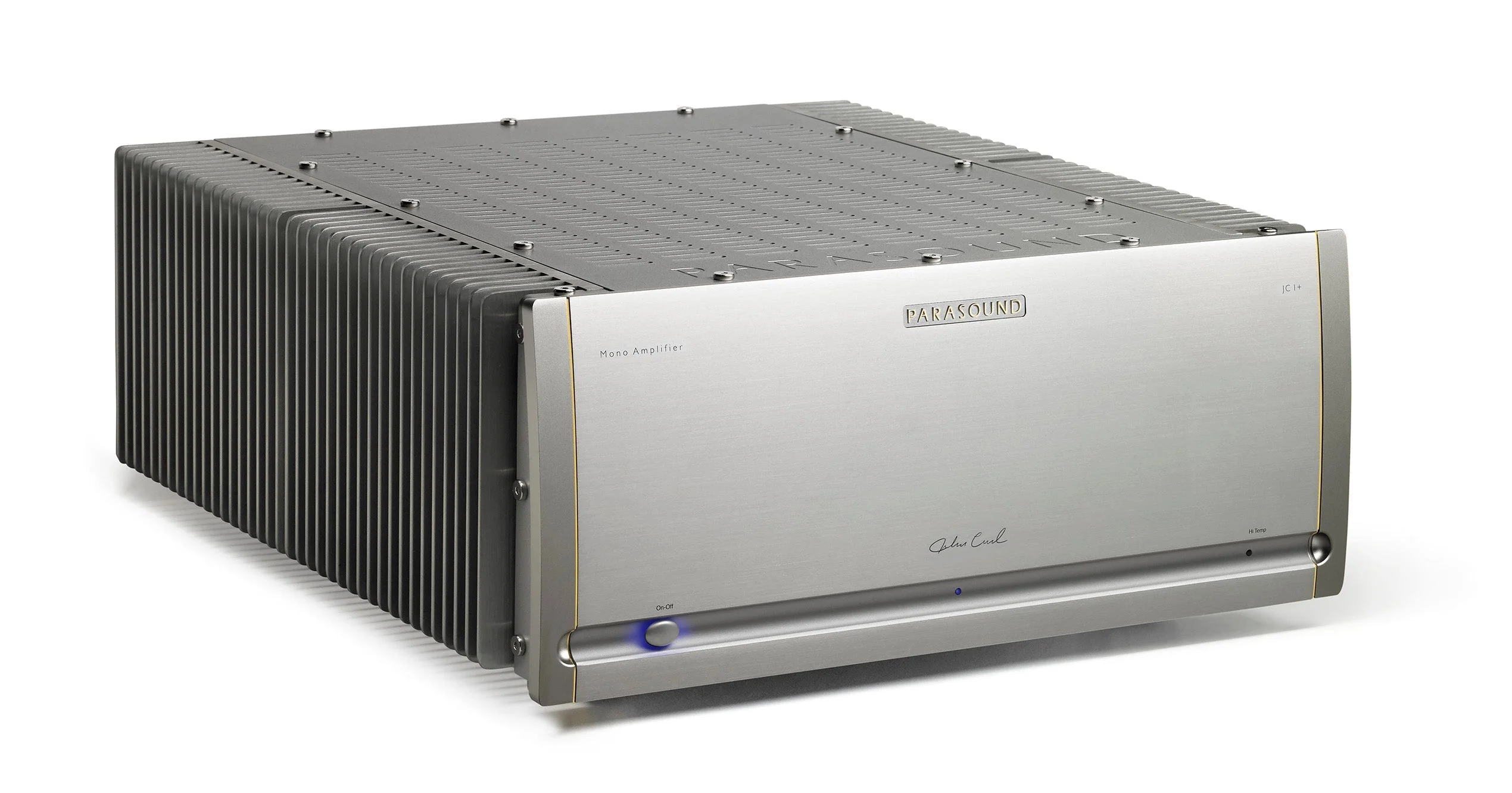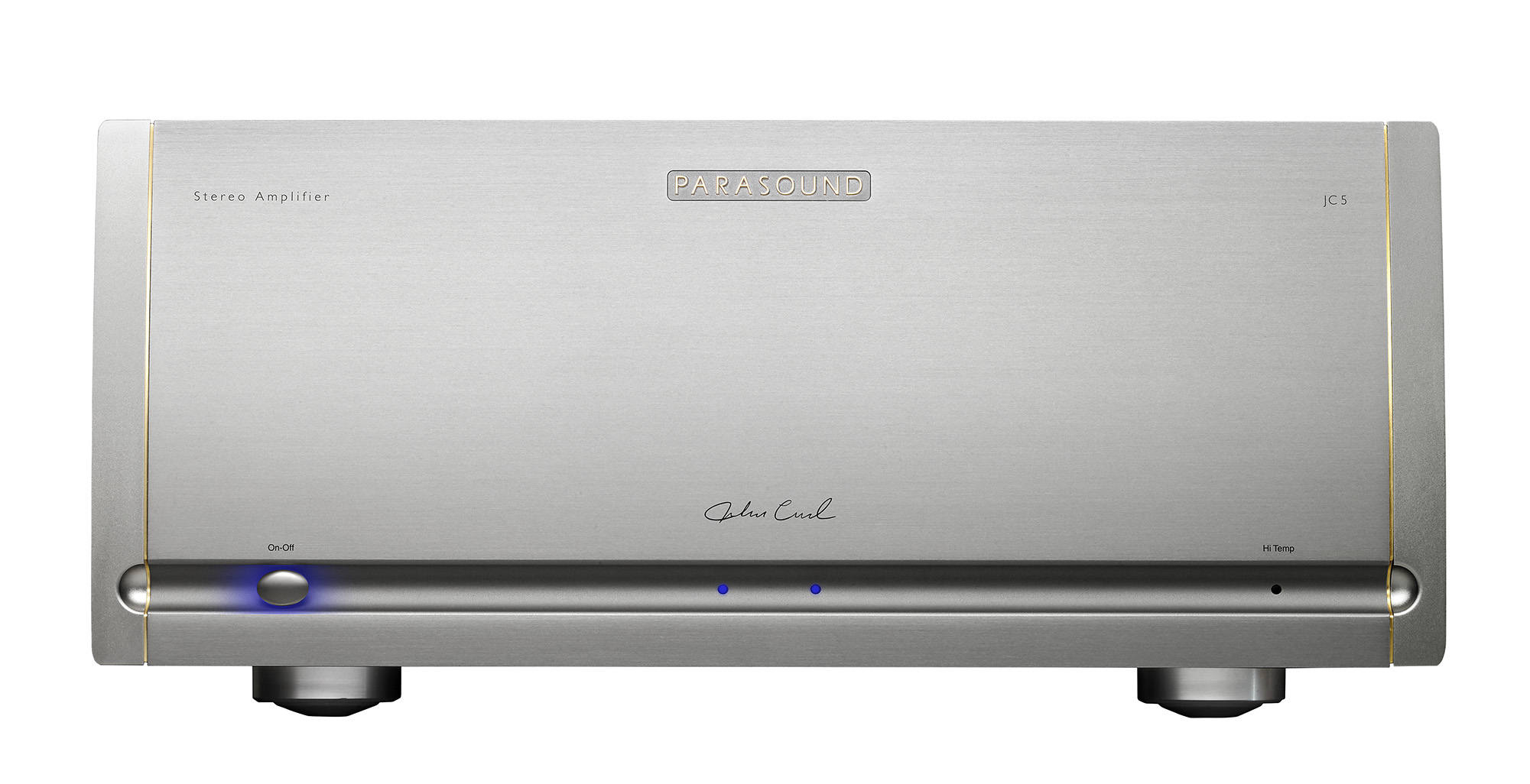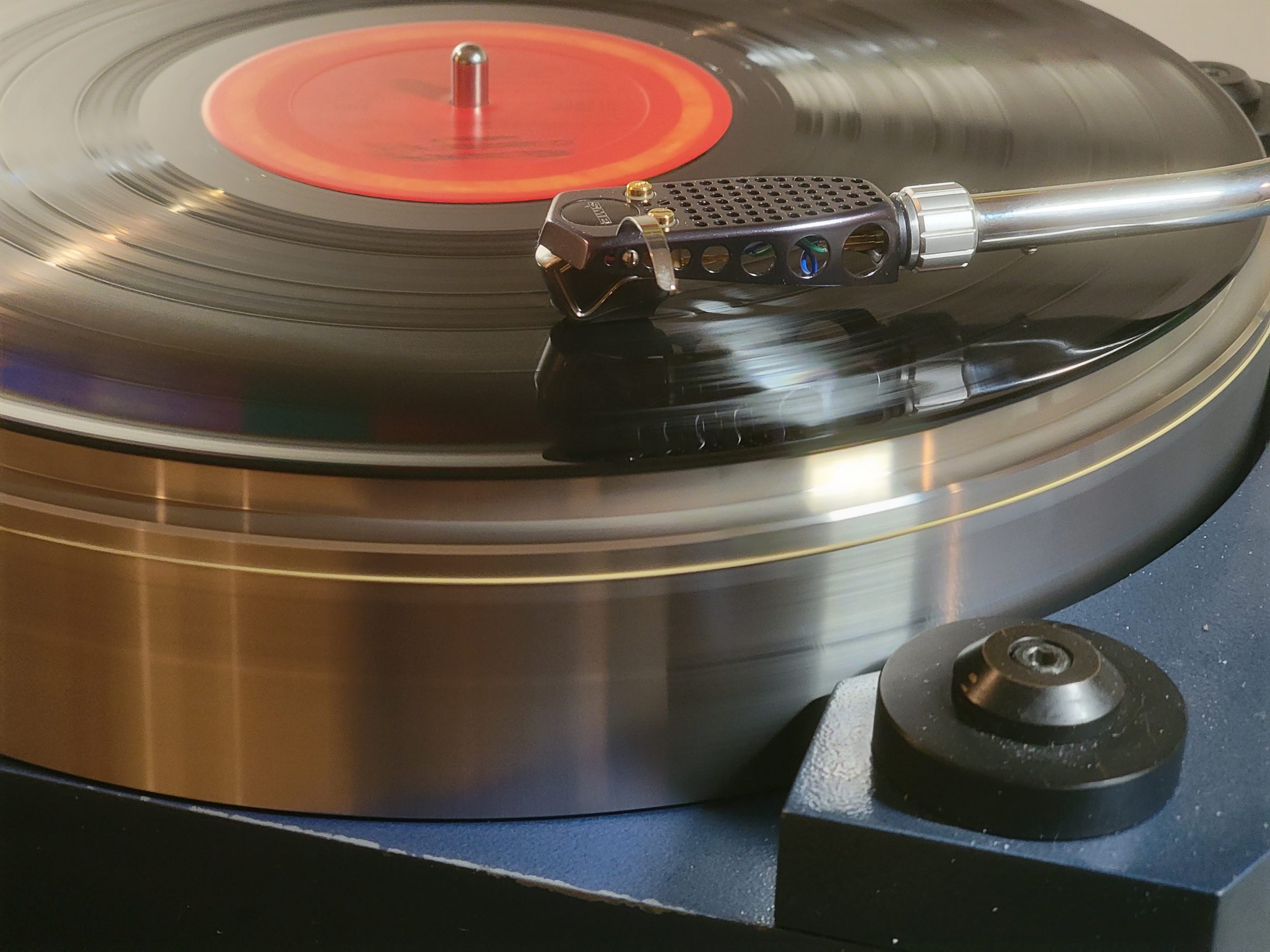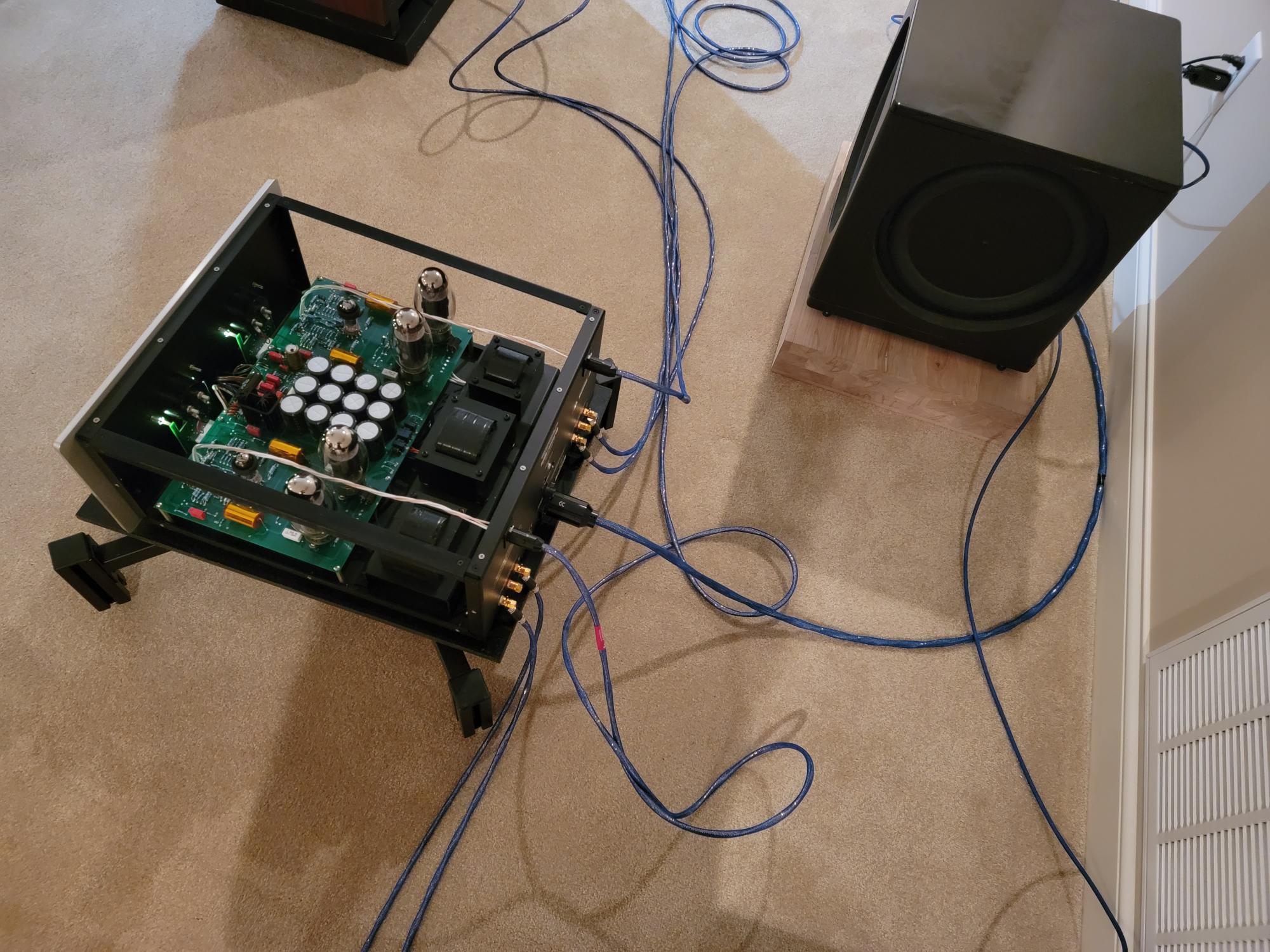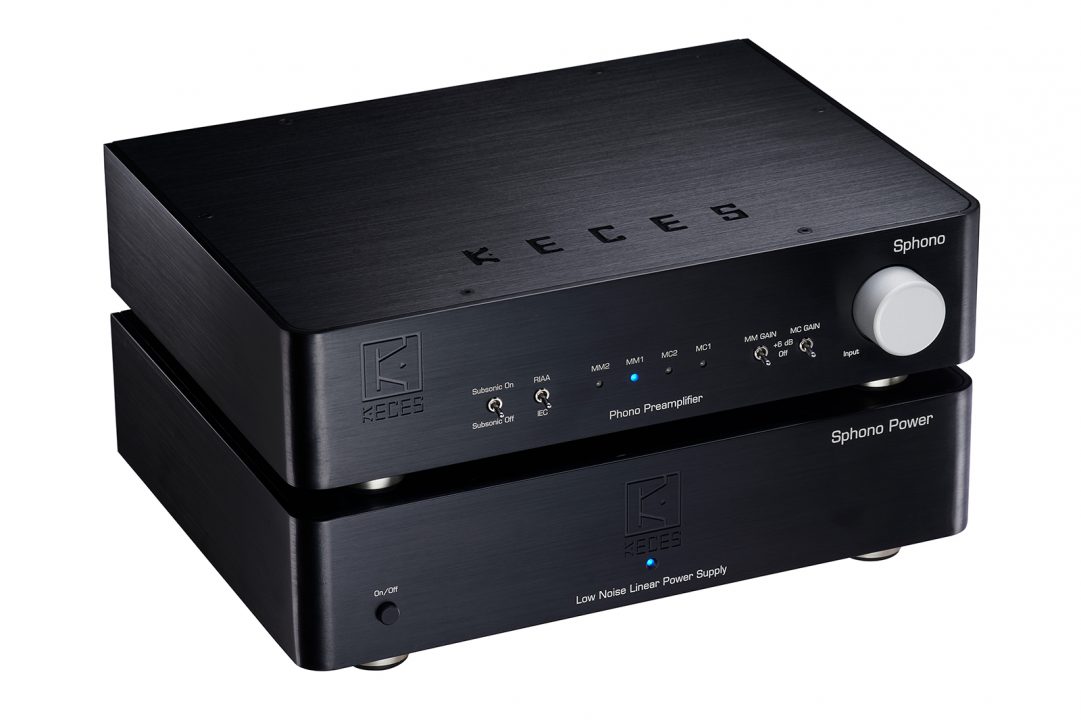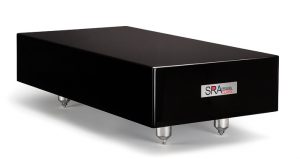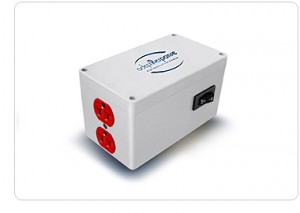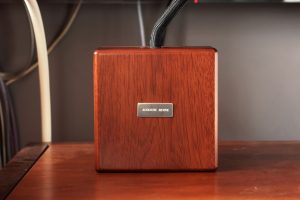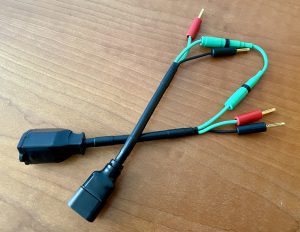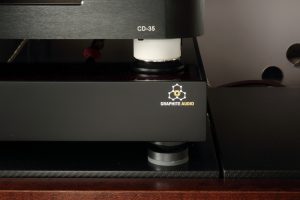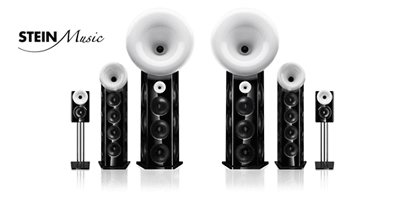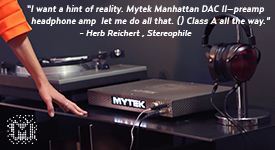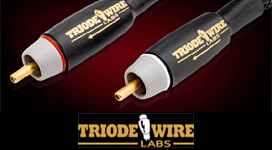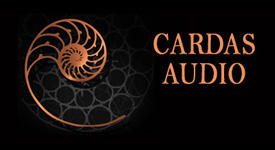The KECES P14 Ultra Low Linear Noise Power Supply is a relatively new addition to the KECES Pier product line and it replaces the P8. The P14 is a four-channel power supply and the channels are labeled as zones I - IV. Zones I – III gives you a selection of different voltages ranging from 5V to 24V with different current ratings while Zone IV is strictly for USB 5V, 2A devices. For the purposes of this review, I was strictly interested in Zone II so I could utilize the 19V, 6A output to power my Roon Nucleus+ streamer. The Roon Nucleus+ comes standard with a 19V Switch Mode Power Supply (SMPS) that is rated for 3.42A of current.
For a complete list of the P14 specifications and capabilities, I highly recommend a visit to the KECES website which you can find HERE.
Here is the list of my gear that was used for my review of the P14:
- Roon Nucleus+
- HiFi Rose 150B
- ARC Ref 6 line stage
- Parasound JC1+ monoblock amps
- JBL 4345 speakers
- Definitive Technology Ref subs (2)
The P14 arrived very well packed in a sturdy cardboard box. The P14 comes with a 120V power cable that connects to an IEC input connector on the back panel. The P14 also comes with a 12V trigger cable and two DC cables to connect your gear to the different zones. The P14 also comes with an owner's manual which is always appreciated and is no longer something you can take for granted.
Setup of the P14 for use with my Roon Nucleus+ was very straightforward. I used one of the supplied DC cables to connect the P14 to the Roon Nucleus+ power input jack. You simply connect the supplied cable to the P14 Zone II mini jack on the back panel and connect the other end to the voltage input on the back of the Roon Nucleus+. After making the connections, there is a selector switch on the right front of the P14 to select the output voltage you want from Zone II. You simply place the selector switch on the 19V output.
The P14 gives you the option to use a 12V trigger for automatic turn-on, but I chose to place the Turn On Options switch located on the back panel in the manual position. This requires you to press the power button on the front panel to turn on the P14. Once you have pressed the power button on, a blue light comes on and the current meters light up. After that, you simply press the Engage switch and you will be outputting 19V to your Roon Nucleus+ and it's lights, camera, action time.
The first album I played with the P14 powering my Roon Nucleus+ was Roy Haynes We Three (Qobuz RVG 16/44.1) and it quickly showed the improvement to sound quality the P14 brings to the table. The song "Reflection" showed the bass was more powerful and more fleshed out. The piano sounds more fleshed out as well in terms of power and dynamics. Roy Haynes' cymbals have more impact and air around them. There are also more micro dynamics that brings out more subtle shadings of tone. The overall dynamic range of the music is wider now.
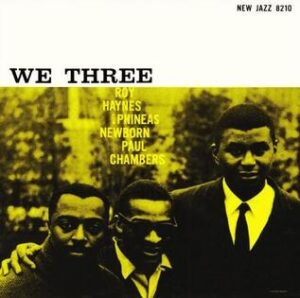
It's hard to get the big things right in music if you don't get the small things right. Because the P14 widens the dynamic window of recordings, it gets more things right than the stock SMPS that comes with the Roon Nucleus+.
The Cannonball Adderley Quintet At The Lighthouse (Qobuz 16/44.1) always sounded really good. Playing the song "What Is This Thing Called Love?" is very impressive. With the P14the sound has transformed into the really great category. There is more weight which transfers into bass depth, definition, and the sound of the venue the music was recorded in. The high frequencies have more dynamics too. This live recording now sounds more live with a bigger sound stage in all dimensions.
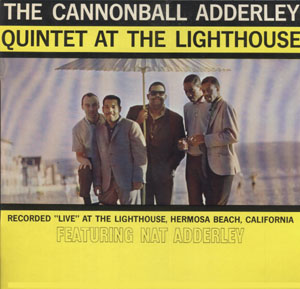
"Moon Ray" from the Roy Haynes Quintet album Out Of The Afternoon is another eye/ear opener. Not only does the music sound better with the P14, you hear more of the recording space and you can hear the echo/room decay much better. The size of the recording space becomes more apparent.
Miles Davis Milestones (Qobuz stereo 16/44.1) is another great recording from 1958. The song "Sid's Ahead" sounded really special with the P14. Philly Joe Jones is a great drummer and this song highlights the sound of each of his drums and the dynamics of the entire drum kit. The entire album is loaded with dynamic range and the P14 allows it all to breathe in a way the stock Nucleus SMPS simply can't.
The P14 helps flesh out all of the musical details in every recording. Listen to the power and dynamics of brushes hitting the drum skins and cymbals by drummer Lex Humphries on McCoy Tyner Night of Ballad & Blues on the song "Star Eyes." When Lex hits the snare and toms with his brushes, it is a very powerful punch.
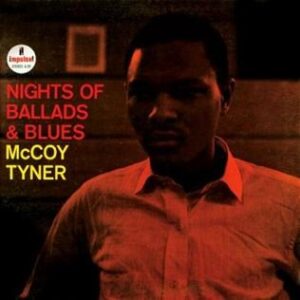
To say I wasn't prepared for the shocking difference between the sound of the Roon Nucleus+ with the stock SMPS and the P14 would be an understatement. There is no going back to the SMPS that comes with the Roon Nucleus+ after you hear the P14 in your system. In fact, if you own a Roon Nucleus+, you have no idea how much better it can sound from top to bottom with the P14. The amount of information that is missing without the P14 is staggering in my system.
If you use any audio devices that are powered by an outboard SMPS that the P14 can replace with the correct voltage and current, it would be hard to imagine that the P14 won't improve the sound of your system. With regards to people who currently own the Nucleus+, there is no doubt in my mind that you too will be shocked at the improvement to your system.
KECES P14 Ultra Low Noise Linear Power Supply
Retail: $1800
KECES Audio

